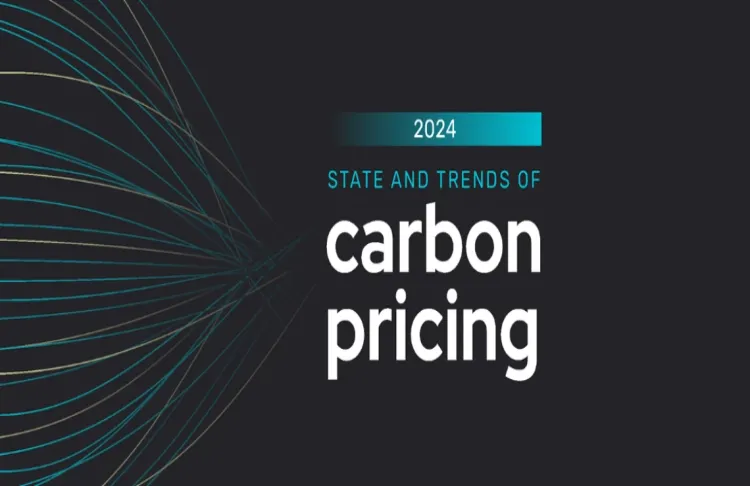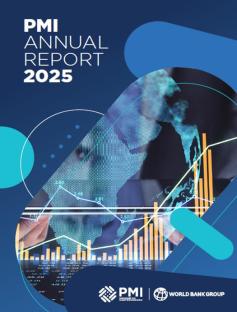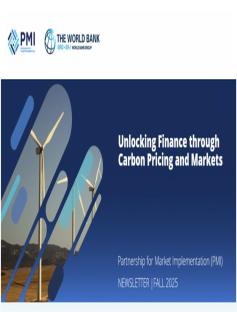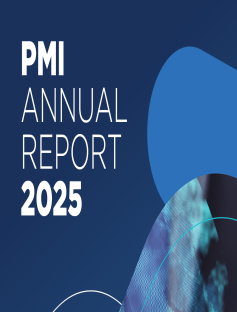Originally published at the World Bank’s blog Development and a Changing Climate: https://blogs.worldbank.org/en/climatechange/state-and-trends-of-carbon-pricing-2024--positive-progress-on-ca
Carbon pricing can be one of the most powerful tools available to policymakers to incentivize reducing emissions as part of an integrated policy mix. A decade ago, carbon pricing policies covered only 7% of global emissions. Today, nearly a quarter are covered by these instruments.
There is some cause for optimism as carbon pricing and carbon markets continue to evolve and grow, and as new schemes and instruments are introduced that led to revenues reaching a record $104 billion in 2023. Promisingly, most of the revenues raised went towards climate and nature-related programs.
A decade ago, carbon pricing policies covered only 7% of global emissions. Today, nearly a quarter are covered by these instruments.
The total number of implemented instruments also went up: today, there are 75 carbon pricing instruments in operation – with recent efforts in Australia, Hungary, Slovenia, and Mexico.
And these policies are also becoming increasingly adaptable to national contexts and new sectors. Large middle-income countries including Brazil, India, Chile, Colombia, and Türkiye are making notable progress towards implementing emissions trading schemes. While the power and industrial sectors still account for the bulk of carbon pricing coverage, there are also advances in other sectors, including international aviation, shipping, and waste. Countries such as China, Vietnam, Thailand and Singapore are also increasingly seeking complementarity between carbon pricing policies and carbon markets by including carbon crediting frameworks in their policy mixes. This approach can support domestic pricing instruments and help the carbon price signal reach uncovered sectors.
Despite the positive trends that are outlined in this year’s State and Trends of Carbon Pricing report, higher pricing and wider coverage are going to be essential to really unlock the potential of carbon pricing. This will require political commitment, stronger global frameworks, and initiatives to share best practices that can help drive ambition. Time is not on our side as countries will need to move further, faster to decisively bend the emissions curve and safeguard a livable planet.
Despite the positive trends that are outlined in this year’s State and Trends of Carbon Pricing report, higher pricing and wider coverage are going to be essential to really unlock the potential of carbon pricing.
The Annual State and Trends report provides objective and up-to-date information on key developments in carbon pricing, reflecting our efforts to become a world-class Knowledge Bank. It is part of our overall effort to support countries worldwide to understand and develop a full range of carbon pricing policies, including through our Partnership for Market Implementation program.
I hope this year’s report, like its predecessors, will inform, influence and incentivize governments, private sector partners, and civil society stakeholders to support policies that put a price on carbon and help decisively bend the emissions curve.





